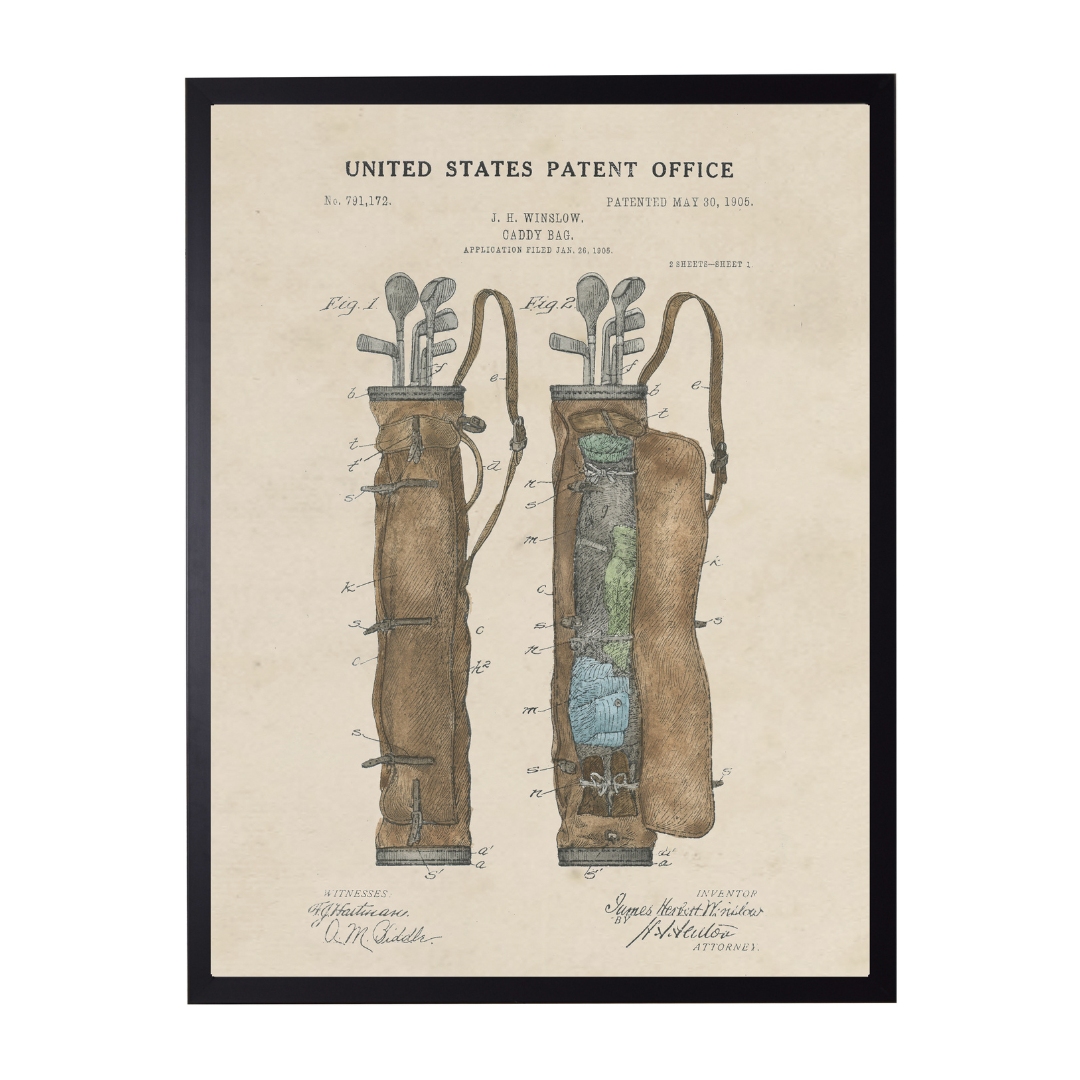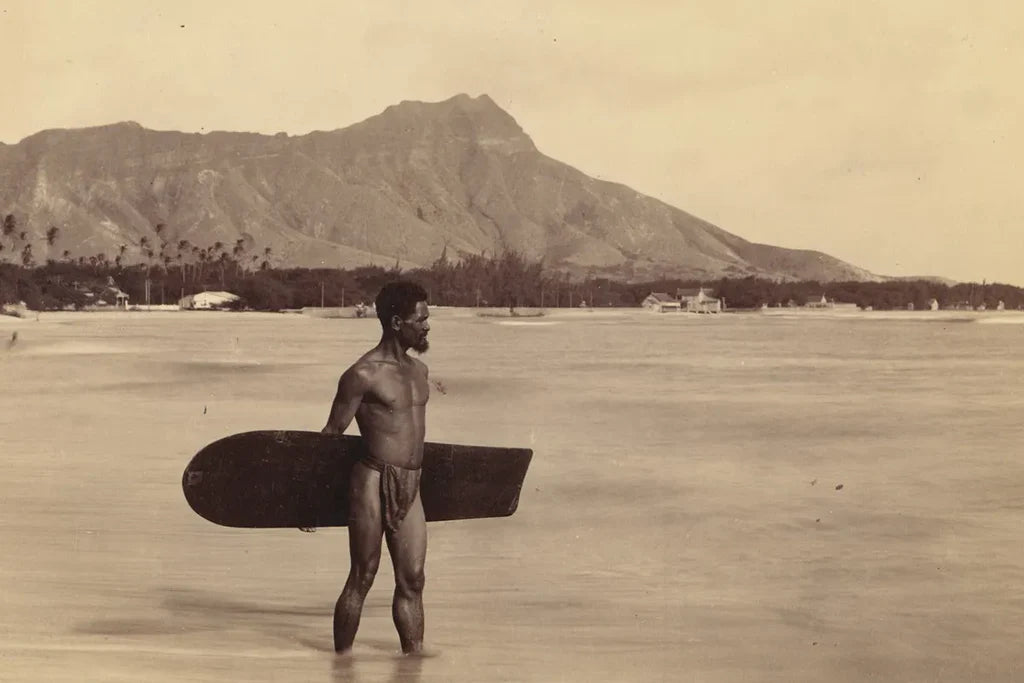When golf originated in Scotland in the 15th century, players didn’t have golf bags, but instead tied their clubs with twine.
Golf bags finally emerged between the late 1800s, allowing golfers to carry more clubs more easily. The first golf bags were small, made of canvas and leather and typically were reinforced with metal for protection and stability.

As the game grew in popularity, particularly after World War II, and more specialized clubs were developed, golfers needed more room in their bags. Bags became much larger, creating space for golf balls, gloves, scorecards, and books. Leather and canvas were eventually replaced with lightweight materials like nylon and plastic.

When golf carts were introduced to the game in the 1950s, golf bag sales slumped as most weren’t designed to be strapped to golf carts. Manufacturers eventually designed cart-friendly bags - with solid “bottoms” - and sales soared

Since the cart bag was designed, there has been little innovation in golf bags. Most have space for 14 clubs, in accordance with the USGAs 14-club rule ratified in 1939. New golf accessories, like range-finders, have made storage space even more important.
In 1905, soon after the golf bag became popular, James Herbert Winslow of Philadelphia, PA was granted a patent for a golf bag design. His design created space for a large pocket that could hold clothes or other golf accessories.
Check out the patent





